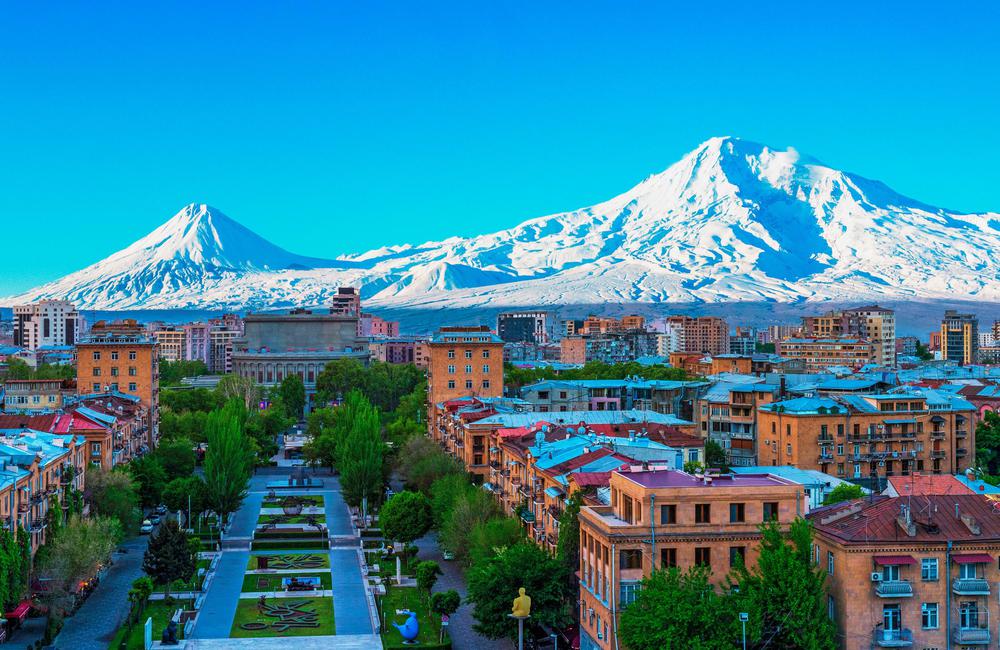Etchmiadzin Cathedral, situated in the city of Etchmiadzin (also known as Vagharshapat) in Armenia's Armavir Province, stands as the spiritual center for the Armenian people and the administrative heart of the Armenian Apostolic Church. Often referred to as the "Mother Cathedral of Etchmiadzin" by Armenians, this sacred site is one of the world's oldest examples of Christian architecture. Many believe it to be the oldest Christian cathedral in existence, and in recognition of its significance in Armenian religious and cultural history, it was designated as part of a UNESCO World Heritage zone in 2000 CE.
The area surrounding Etchmiadzin Cathedral has a rich history, with archaeological sites dating back to the Stone, Bronze, and Iron Ages. The city of Vagharshapat, now commonly known as Etchmiadzin, was established during the reign of Arsacid King Vagharsh I (r. 117-140 CE). Although it was once the capital of Armenia, it was later replaced by Dvin in the 4th century CE as the political capital.
Etchmiadzin Cathedral's construction is attributed to Saint Gregory the Illuminator (c. 239 - c. 330 CE), who, according to Armenian legends and historians, had a vision of Jesus Christ instructing him to build a cathedral in the ancient city. The construction began around c. 303 CE and was dedicated to the Virgin Mary, with the name "Etchmiadzin" signifying "the descent (echnel) of the only begotten (miatsin)."
From the 5th to the mid-7th centuries CE, Etchmiadzin flourished as a center of culture and pilgrimage, with various ecclesiastical buildings constructed near the cathedral. Over the centuries, the cathedral underwent numerous renovations, showcasing a mix of Armenian architectural styles. In particular, the reliefs on the cathedral's northern wall depicting Saint Paul the Apostle (c. 5-67? CE) and Saint Theclas (c. 30-? CE) are of special interest.
Etchmiadzin Cathedral's resilience is evident in its survival through multiple invasions, occupations, and hardships, with the Armenian Apostolic Church restoring the catholicosate to the site in the mid-15th century CE. Today, the cathedral remains the "Holy Mother See of all Armenians," a testament to its enduring importance in Armenia's religious and cultural history.













